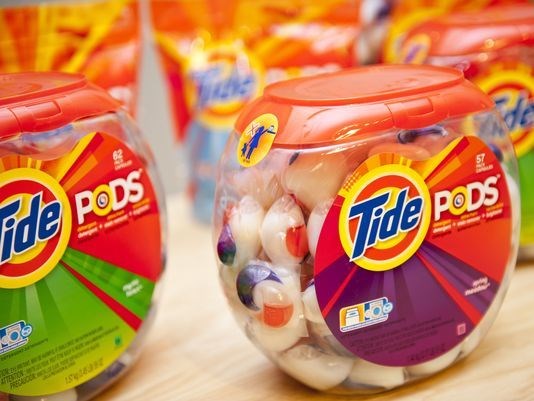There is that tired old cliché that advises “good judgment comes from experience and experience comes from bad judgment.”
It is nostalgic, even funny, for adults as we look back on the relatively harmless missteps (biting into a jalapeño chili, riding a bicycle standing on the bar, doing upside-down somersaults off the “monkey” bars) that inevitably led to wisdom of a kind.
But that was then, when news of fresh challenges passed from kid to kid and eventually made its way to our schoolyard or through our circle of friends.
But communication has changed, and this is now. Challenges arrive instantaneously to every adolescent with access to the internet (which means most of them), regardless of age via social media such as YouTube.
Stunts on bicycles or skateboards, even parkour, that “sport” that sees people jump from building to building or over walls, are relatively harmless. Not completely harmless, just relatively harmless.
A quick trip to the ER and a plaster cast that friends can sign is likely the worst that can happen.
It’s after that when YouTube challenges can become dangerous, even lethal.
There is no intention here to advertise or promote stupidity by going into detail about this stuff, but parents and teachers, anxious to protect kids from the consequences of adolescent inexperience, should at least be aware of some of what’s out there on YouTube and other social-media sites. That includes “challenges” that are miles beyond unsafe and move into territory that can and has caused serious, even lethal damage.
Without sounding too disrespectful about our offspring, it’s impossible to guess what kids will dream up next — as long as they have cameras and underdeveloped prefrontal cortexes, there’s really no saying.
In generally descending order of lethal potential, there is the Cinnamon Challenge, the Saltine Cracker Challenge, the Banana Challenge, the Salt and Ice Challenge, the Banana-Sprite Challenge and the Milk Challenge. There is the widely publicized Tide Pod Challenge.
Most of these “challenges” involve consuming something never intended to be consumed in ways or in volumes never before envisioned by anybody who has learned to anticipate consequences.
As I said, no enabling details or descriptions here, but easy enough for adults to discover and for kids to try out as new challenges, usually in social situations.
It is after the “eat this and see what happens” list that things get really bizarre and not at all amusing.
Again, without any further account of “how,” much less the inexplicable “why,” there are the Fire Challenge, the Condom Challenge (Gawker named it “the dumbest thing the kids have ever done”), something called Neknomination (don’t even ask), from which, it is reported, at least five people have died. There is the Eraser Challenge (infection, bleeding, permanent scarring), the Cold Water Challenge (at least one reported death there), and perhaps the most unbelievable of all, even to those of us who were undergraduates so long ago, the Butt Chugging Challenge a “challenge” for which the name alone describes much more than adults really need to know.
So, why you ask, write about any of the above in a daily newspaper? Doesn’t that run the risk of promoting all this, especially to kids? Well, to begin with, chances are your kids probably spend a good portion of their time on YouTube, and not just watching funny cat videos.
The Tide Pod Challenge alone went viral around the world in a heartbeat, and the company behind the pods was forced to release a new campaign, warning people against eating their products.
We’ll leave it to child psychologists to talk about motivations for risk-taking being low self-esteem, poor decision-making skills or a lack of insight into the consequences of these challenges.
Teachers, who spend their careers observing kids in classrooms and playgrounds, will tell you that among the reasons your child likely knows about and might even be tempted to try some of this stuff is simply because they think it will be fun after watching the reaction of the kids in the YouTube videos. It also appeals to kids who want to get more attention from their peers.
It could be about gaining social status: There’s a hierarchy in the classroom, and in the schoolyard. There’s always someone trying for the top spot as the biggest risk-taker.
So what to do? Again, the advice is simple: Keep an eye on sites such as YouTube, know your kids’ friends and, most importantly, talk about this stuff with your kids.
Always, always, talk with your kids.
Geoff Johnson is a former superintendent of schools.



